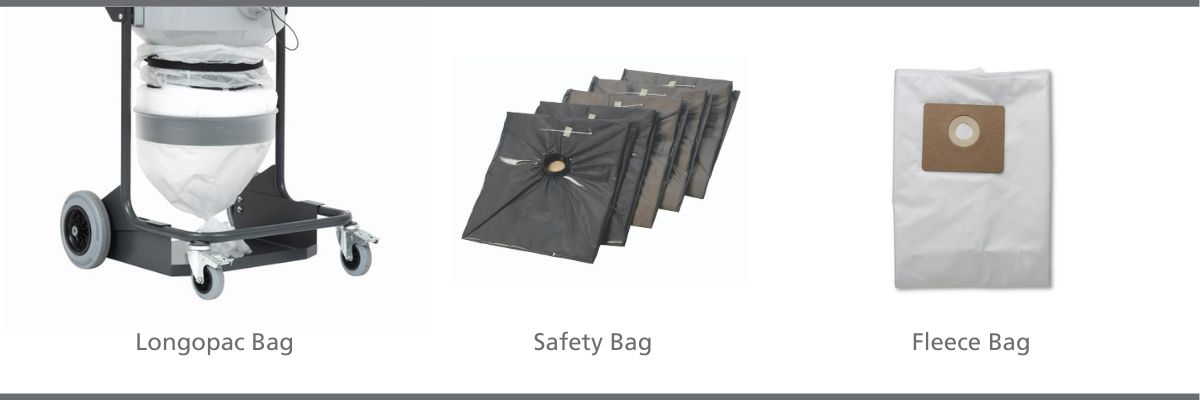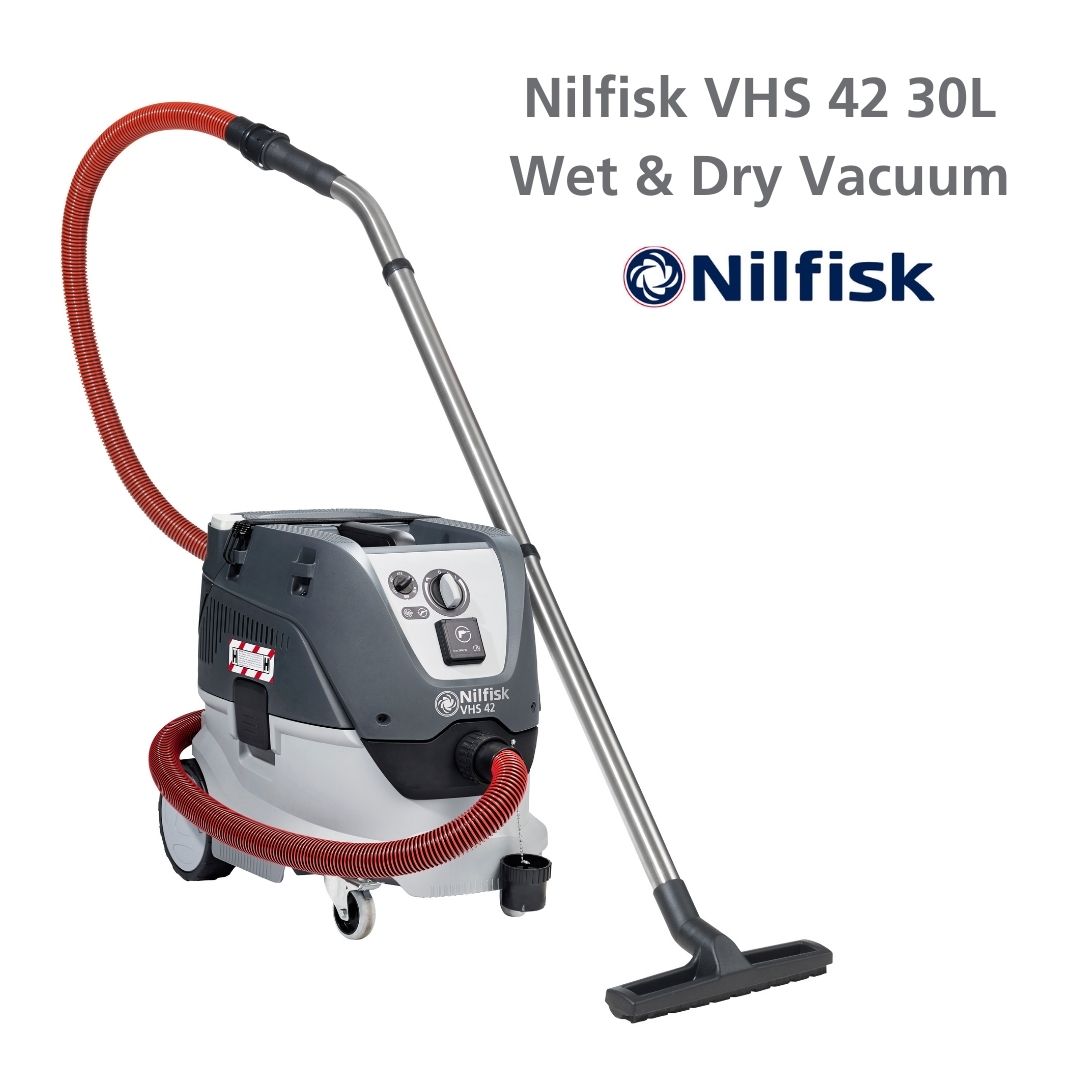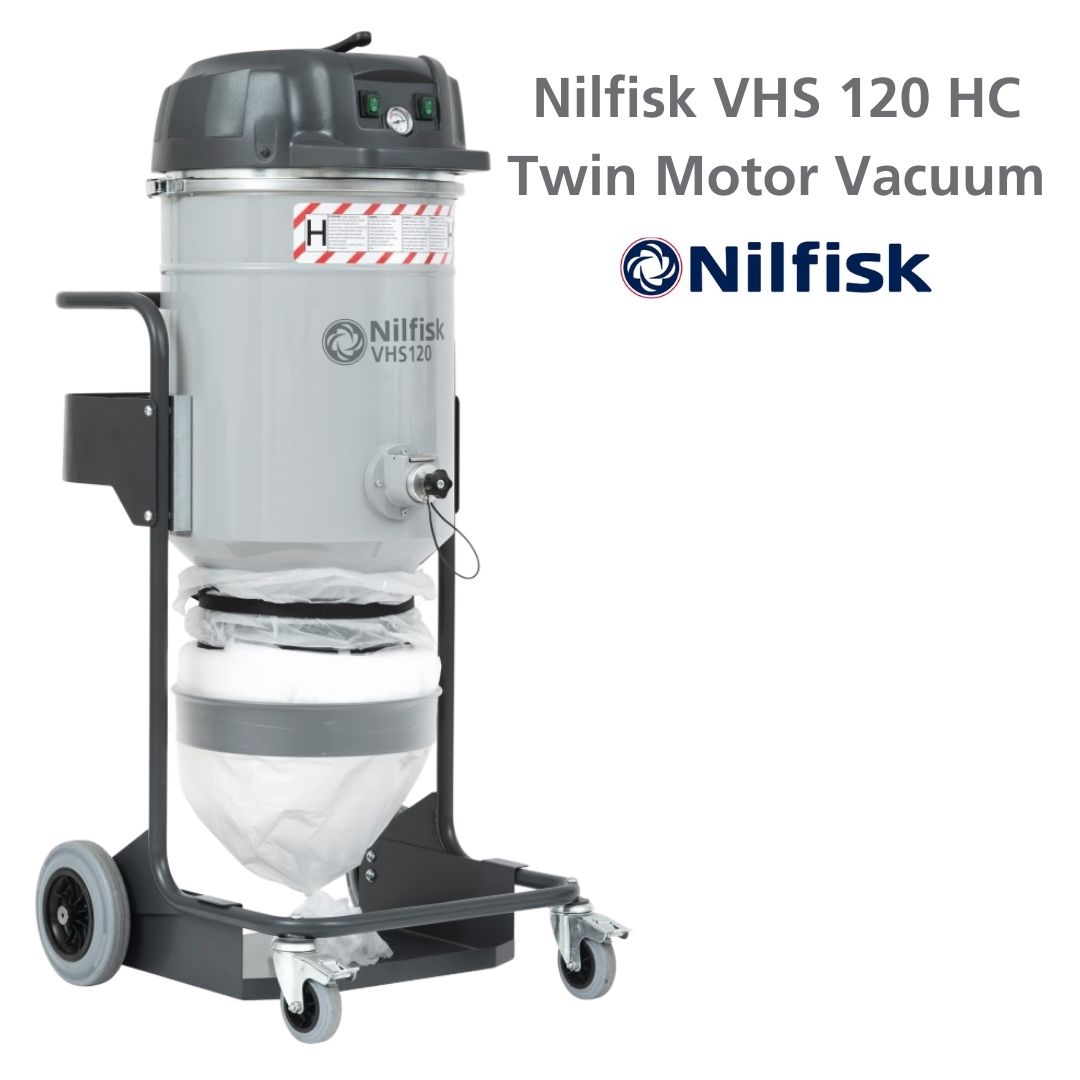Silica & Other Hazardous Dusts: Finding the right vacuum solutions.
Silica dust (crystalline silica) is now a known hazardous dust in the construction industry found in concrete, brick, tiles, sandstone, quartz, manufactured stone or non-manufactured benchtops. Silica dust can be a health threat when inhaled, similarly to asbestos except diseases (such as acute silicosis) can develop within weeks rather than years of exposure depending on the extremity.
One way SafeWork NSW recommends preventing exposure to hazardous dust like silica is to utilise dust-collecting equipment such as industrial vacuum cleaners with an M or H Class filter. Based on this recommendation, questions are being asked what is the right filter class to opt for when investing in industrial dust vacuums, and what is the main difference between the filter classes in the market.
What is silica dust
Natural occurring mineral present in granite, shale, natural sandstone, concrete & stones.
How can silica dust be generated?
Dry stone cutting methods, earth moving, angle grinding, stone processing, paving and drywall finishing.
How can silica dust affect you
Respiratory illnesses including lung cancer, inflammation, scarring of the lungs and silicosis.
To read more about silica dust, where it is found, the health implications and how it can be generated, visit the Total Tools website or SafeWork Australia Site .
Hazardous Dust and Cleaning Equipment: Industrial Vacuums
Cleaning equipment manufacturers including Nilfisk Australia have spent considerable time developing Industrial Vacuum Systems (IVS) that enable the safe collection and disposal of hazardous dust, including silica. The industrial vacuums’ filter class has varying levels of capacity to collect the fine fibres of different hazardous/non-hazardous dust types.
For more information about hazardous dusts check this Nilfisk brochure here.
L Class - Moderate Risk Dusts. Dust bags are not required for L Class.
M Class - Medium Risk Dusts. Must use a dust bag for waste collection.
H Class - High Risk Dusts. Must use a dust bag for waste collection, sometimes with a specific bag type like a Safe Bag.
Should You Use Certified M Class (MC) or Certified H Class (HC) for Silica?
SafeWork NSW (responsible for establishing laws and regulations regarding work safety in NSW) has to this day recommended the use of either certified M or H class vacuums to manage silica dust. This means it is up to the company’s discretion and responsibility to research and select the most appropriate filter solution to protect, collect and dispose of this hazardous dust. These regulations and recommendations are enforced on a state level, meaning every state has different standards in how to manage hazardous dust like silica.
For best practice in the industry, purchasing a certified HC vacuum is recommended for optimal safety and adherence to NSW standards.
There are a number of factors required to own a certified HC vacuum, below are some points to consider when determining between the two vacuum classes and equipment available to manage hazardous dusts in the workplace.
Measure air quality
Request a Occupational Hygienist to test the air quality of your facility over an 8 hour period. According to SafeWork NSW, quality must not exceed 0.05 mg/m over 8 hours. Please note this has changed from 0.1 mg/m from 1 July 2020. These results help determine the extent of the hazard, and whether a certified HC is essential in your area. Testing air quality is more effective for fixed locations rather than contractors that move site to site.
...What if I can't measure the air quality?
Measuring air quality is not always a practical solution financially or operationally. If not feasible, it is encouraged to always opt for Certified HC vacuum solutions for best practice in the industry.
Become DOP Certified
Acquiring a DOP certification (Disperse Oil Particulate) is a mandatory requirement for certified HC cleaning equipment. To become certified, your industrial vacuum is measured for the number of particles coming in and coming out of the vacuum filter. Nilfisk Australia can conveniently assist in facilitating these certifications with external bodies that check your equipment annually.
Purchase suitable vacuum bags for collection and disposal
Both certified M and H Class vacuums must use certified vacuum bags for the disposal of hazardous dust, examples are below:
Longopac bags → good for sealing and disposing of hazardous dust from the bottom of the vacuum.
Safety bags →has lower risk of contact with the collected waste, more suitable for contract cleaners or home renovators.
Fleece filter bags → more suitable for demolition-type users (for people fully equipped with PPE).
When disposing of any vacuum bag type, ensure the bag is correctly sealed and wear PPE to protect the operator from risk of exposure.

Collect hazardous dust at the moment of creation
Collect hazardous silica dust at point of creation (such as angle grinding) by vacuuming debris immediately. Regularly vacuuming areas prone to dust-collection, including tops of cabinets, shelving, scaffolding and anywhere else that may store layers of hazardous dust over time.
For more guidance to prevent silica dust exposure visit the SafeWork NSW site.
Purchase the most suitable industrial vacuum models for certified MC or HC
Nilfisk Australia are industry leaders in industrial vacuum cleaners for L class, certified MC and certified HC solutions.
Nilfisk VHS 42 30L Wet & Dry Vacuum - Nilfisk InfiniClean™ automatic filter cleaning system, linkup with power tools capacity and both fleece filter and safety bag compatible.
Nilfisk VHS 120 Twin Motor Industrial Vacuum - single phase, compact, 37 litre longopac vacuum system suitable for large industrial areas. Available in both certified MC and HEPA 14 filter system.
For more industrial vacuum solutions visit our online shop hereor read more about our commercial or industrial vacuum solutions here.
Keep up to date with state government standards
Maintain best practice and safety for employees by staying informed and staying aware of your local government standards in managing silica dust and other hazardous dusts in the industry. Reducing the risk of silica dust and other hazardous dusts should be a combined effort between local authorities providing standards and guidance, companies researching and implementing appropriate procedures and equipment, and manufacturers and sellers providing certified equipment solutions for customers’ unique needs.
To learn more about an industrial vacuum with HEPA filter and the HEPA filtration systems in general, click here.
Consult your local cleaning equipment dealer to learn more about owning a fully compliant certified H Class vacuum cleaner.
...What if I can't measure the air quality?
Measuring air quality is not always a practical solution financially or operationally. If not feasible, it is encouraged to always opt for Certified HC vacuum solutions for best practice in the industry.

